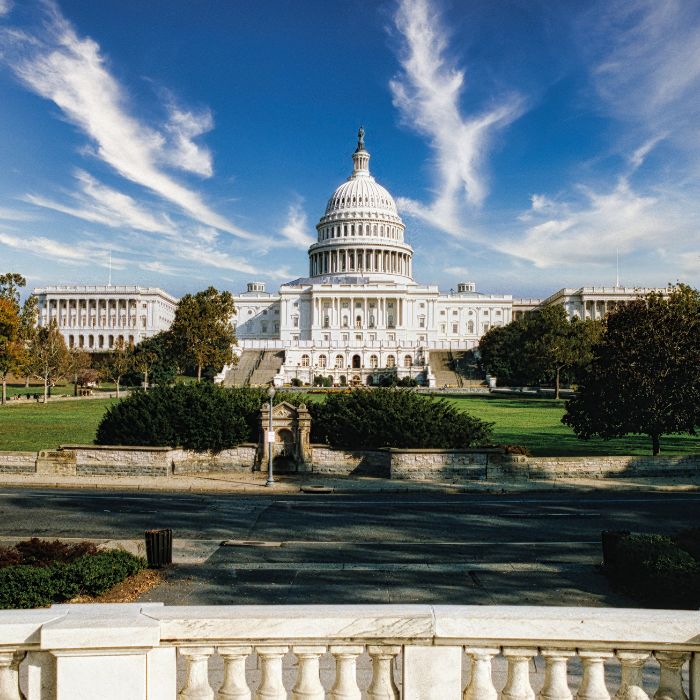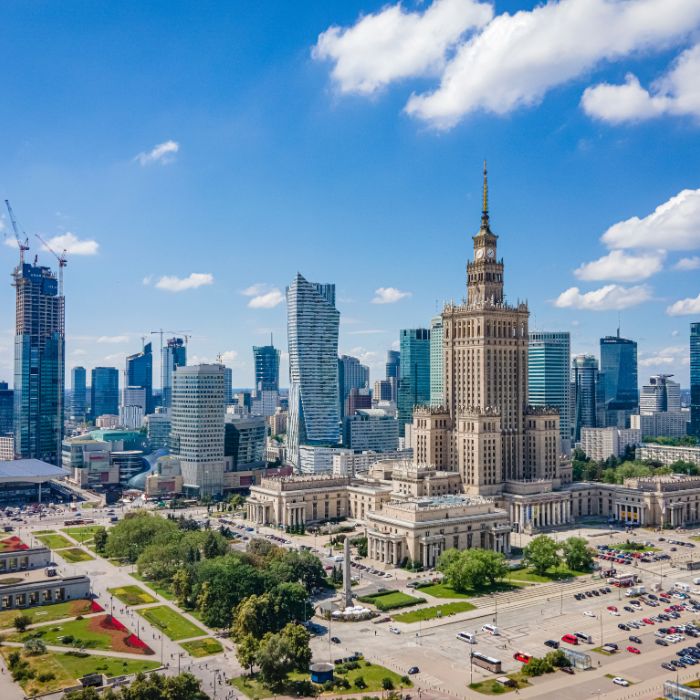Lights, Camera, Visa: How Immigration Shapes the Global Film Industry
April 11, 2025
By: Amelia Haynes
Movies are more than just entertainment—the global film industry plays a powerful role in driving economic growth and cultural exchange. Filmmakers, actors and crew often travel across borders to bring their creative vision to life. At the same time, successful films turn once-unknown locations into popular tourist destinations, drawing in fans eager to experience the movie magic in real life.
These two factors make immigration policies a crucial part of the film industry’s success. However, as productions become increasingly global and interconnected, traditional immigration policies may struggle to accommodate the unique, fast-paced and project-based nature of the industry. This blog explores international film talent mobility, film industry visa pathways and future trends.
How does immigration support the global film industry?
Supporting international co-productions and location shoots
From acclaimed actors and directors to specialised crew and post-production artists, international talent is at the heart of modern filmmaking. For creative professionals, the ability to work across borders without disruption is often critical—whether stepping into a role on short notice or moving between multiple international shoots. Immigration policies that streamline work permits allow talent to move seamlessly between countries and ensure that productions stay on schedule.
Meeting production deadlines with streamlined visa processes
With tight production timelines and complex logistics, delays in visa processing or rigid immigration requirements can disrupt entire projects. Efficient and flexible immigration frameworks are essential to keep pace with the industry's demands and support the dynamic lives of creative professionals.
Key visa pathways for film and television professionals
Work visas for actors, directors and production teams
Several countries have designed immigration pathways for film industry workers to ensure seamless mobility as they travel across the globe for projects.
Special visa categories for creative professionals
Some nations offer industry-specific visas to cater to the unique needs of the entertainment industry. They offer greater flexibility compared to traditional work permits.
Temporary vs. long-term work authorisation
Film projects often require short-term assignments. However, long-term assignments are required for professionals engaged in multiple productions. Understanding these differences is essential to avoid disruptions and ensure compliance.
Challenges facing film industry professionals
Work permit complexities for multinational productions
Many productions span multiple countries. This makes compliance challenging as the film crew is required to navigate different immigration laws. The complexity of securing multiple permits can slow down production or increase costs.
Compliance issues for short-term and freelance professionals
Many film professionals work as freelancers and contract-based professionals. They often face restrictions due to rigid immigration rules. This calls for more streamlined and flexible visa solutions.
How are countries adapting to attract film talent?
-
-
- United States: The O-1 visa provides a route for individuals with “extraordinary ability” in the arts, including actors and directors with significant industry recognition. Its flexibility supports the United States’ continued role as a global entertainment hub.
- Canada: Canada offers expedited employer-specific permits that bypass Labour Market Impact Assessments (LMIAs) for high-wage, unionised roles—often processed in as little as two weeks. Additionally, audiovisual co-production treaties with over 60 countries simplify cross-border collaboration.
- Ireland: Thanks to its Section 481 tax incentive, Ireland has emerged as a post-production centre—particularly for visual effects. The Atypical Working Scheme facilitates short-term assignments, while the Sport and Cultural Employment Permit supports longer-term film-related work.
- Australia: The Subclass 408 Entertainment visa accommodates short-term, project-based roles, helping productions source global talent quickly and efficiently.
- Europe: Countries such as Spain and Greece have bolstered their appeal with a combination of fiscal incentives and flexible immigration routes. Spain’s audiovisual sector work permit exemption and Greece’s simplified “Type D” visa make both countries attractive destinations for international filming.
- United Kingdom: The UK’s creative industries have grown significantly, expanding by 50.3% between 2010 and 2022—far outpacing the broader economy. Recognising this sector’s value, the UK has introduced immigration pathways to address specific needs within the film and television industry:
-
-
-
- Temporary Creative Worker visa: Enables foreign cast and crew to work on UK productions with sponsorship from a licensed entity. Valid for up to one year, with extensions available, it facilitates short-term and high-profile projects. Navigating this route can be complex for production companies new to the sponsorship process, due to strict compliance requirements for roles like performers, directors and technical crew, with specific exemptions for high-demand positions.
- Global Talent visa: Bypasses traditional sponsorship, offering unmatched flexibility for distinguished professionals in film with significant industry recognition. The two-stage process involves an initial endorsement application to the Producers’ Alliance for Cinema and Television (PACT), representing Arts Council England, followed by a visa application to the Home Office. Applicants must demonstrate industry achievements or contributions across multiple productions. It supports work across multiple UK projects, and provides a pathway to settlement, reinforcing the UK’s appeal to global creative talent.
- Skilled Worker visa: A key option for essential technical and post-production roles, including visual effects. It is designed for long-term positions and offers initial eligibility for up to five years with the potential for indefinite extensions. While recent salary threshold increases have posed challenges for employers, the Skilled Worker visa remains vital for high-skill positions, helping maintain a competitive edge in post-production and technical support.
-
As part of its broader strategy, the UK government aims to grow the creative industries by £50 billion and create 1 million new jobs by 2030. Meeting these goals will require continued investment in flexible immigration pathways, enhanced cross-border mobility, as well as a focus on upskilling local talent.
Future trends in immigration for the film industry
To stay competitive, governments will need to future-proof their immigration systems to reflect the film industry’s evolving dynamics. Key trends to look out for:
-
-
- As artificial intelligence reshapes creative and technical roles—particularly in areas like visual effects and editing—demand is shifting toward hybrid, AI-literate talent.
- Freelance and project-based work are becoming the norm, prompting a need for more flexible visa routes, such as multi-entry permits and tailored pathways for contract-based professionals.
- Some countries may follow Ireland’s lead in designing permits specifically for short-term creative roles.
- Streamlining access to specialised talent—through digital visa processing or inclusion on shortage occupation lists—will be key to supporting production timelines and securing global talent in a fast-changing industry.
-
How can Fragomen help?
Whether you are an actor navigating filming abroad, a director coordinating an international production, or a representative managing global talent, having the right immigration support is essential. Fragomen advises private clients and creative professionals across the film and entertainment industry on tailored, efficient mobility solutions.
Need to know more?
For personalised guidance or queries on immigration policies and visa procedures for film professionals, please contact Associate Amelia Haynes at [email protected].
This blog was published on 11 April 2025, and due to the circumstances, there are frequent changes. To keep up to date with all the latest updates on global immigration, please subscribe to our alerts and follow us on LinkedIn, Twitter, Facebook and Instagram.















